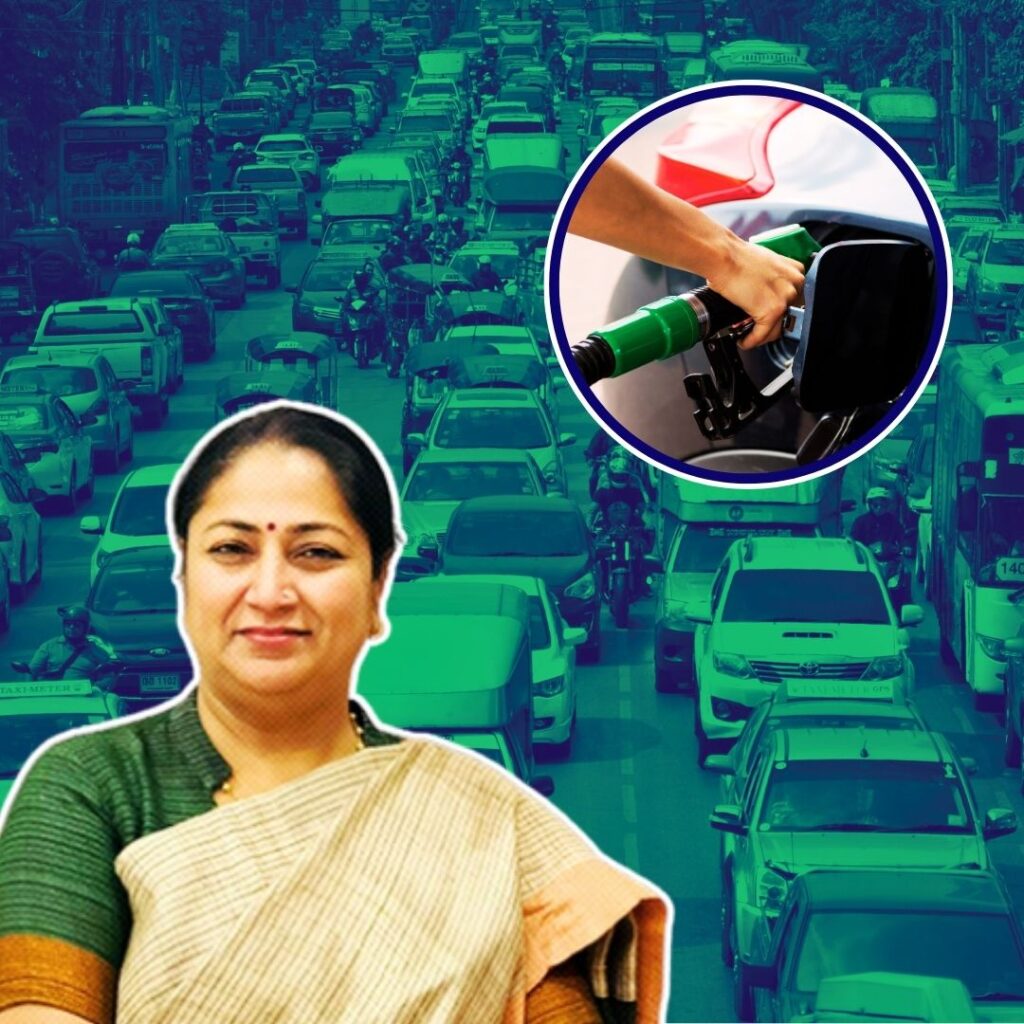A new data shows that the Indian economy under UPA-I that is under the leadership of Manmohan Singh as Prime Minister, grew at 10.23% in 2007-08 and UPA-II at 10.78% in 2010-11, Livemint reported.
The new data which is part of a study titled ‘Real Sector Statistics’ was conducted by a committee chaired by Sudipto Mundle and constituted by the National Statistical Commission. The calculations of the GDP were performed by another sub-committee headed by N.R Bhanumurthy.
Source: Bloomberg Quint Breaking the numbers
The Wire compared the two GDPs with baselines namely, 2004-05 and 2011-12, and the data showed an upward swing. The media house also noted that the average GDP growth rate from 2004-05 to 2007-08 was at 9.42% compared to 7.15% from 2014-15 to 2017-18. It is also to be pointed out that during the peak of the global crisis, the economy plunged to 4.15%.
The method followed by the committee is the Production-Shift method, and also the findings will be vetted by the National Accounts Statistics before the final approval done by the National Statistical Commission.
FY GDP (2004-05 baseline) GDP (2011-12 baseline) 2004-05 7.5 8.15 2005-06 9.5 9.60 2006-07 9.7 9.70 2007-08 9 10.23 2008-09 6.7 4.15 2009-10 8.4 8.84 2010-11 8.4 10.78 2011-12 6.5 6.96 2012-13 5 5.46 2013-14 6.6 6.39 2014-15 7.2 2015-16 7.6 2016-17 7.1 2017-18 6.7
Courtesy: The Wire
The second term of the UPA which was marred with scams, fall in global oil prices among other slowdowns, saw an average growth of 7.39%, which is higher than the first four years of the NDA government at 7.1%.
The sub-committee head N.R Bhanumurthy, who is also professor at the National Institute of Public Finance and Policy (NIPFP), talked to The Wire and said, “The sub-committee has tried to present a methodology that will generate a long series for GDP numbers until 1993-94, which are more critical for any macroeconomic research on the Indian economy.” The lowest GDP growth rate according to this report was in 2000-01 at 3.66%.
Furthermore, the GDP numbers in the Late Atal Bihari Vajpayee’s tenure (1998-99 To 2003-04) also saw a marginal dip to 5.7% from 5.9%.
Source: Livemint
The report mentioned, “The difference between growth rates in the old series with 2004-05 as the base year, and the new back series, with 2011-12 as the base year, had minimal differences, largely because of the discrepancy variable, found to be highly volatile”, The Bloomberg Quint quoted.
The significance of this data
The linking of old series GDP was done after the Government changed its base year from 2004-05 to 2011-12. The data also lights a path which the Modi-government should take to recourse and uplift the present economic condition.
Demonetization, Goods and Services Tax (GST), pulled down the growth, which was estimated to grow at 7.4% for 2018-19 by the International Monetary Fund at the World Economic Forum held earlier this year, noted by The Wire. Also, the World Bank published its Global Growth Prospect report in June, stated the growth for the same period to be at 7.3% and 7.5% for the next two years.
Experts Talk
DK Joshi, Chief Economist at CRISIL, elucidated and talked about the report to The Bloomberg Quint and said,” You must take into consideration that after the Lehman crisis, several good monetary and fiscal policies were implemented. At other times, growth has benefited from favourable macroeconomic factors. The effect of demonetisation and GST are also factored into later figures. All of these have a significant bearing on the trend.
Furthermore, he also added, “Yes, the new base has led to about 40 odd basis points upswings in GDP. However, there was criticism that the new methodology was responsible for growth has gone up by 2 per cent or so, which is not the case.”
Devendra Pant of India Ratings also spoke to the media house and said, “Frequent revisions in base year will help narrow the difference between growth rates since divergence is lesser when measured closer to the base year. That said, the difference is not too alarming and directionally the same.”
Political Angle
The Congress Party was quick to catch the opportunity and tweeted, “The GDP back series data is finally out. It proves that like-for-like, the economy under both UPA terms (10-year avg: 8.1%) outperformed the Modi Govt (Avg 7.3%). The UPA also delivered the ONLY instance of double-digit annual growth in modern Indian history.”
The GDP backseries data is finally out.It proves that like-for-like, the economy under BOTH UPA terms (10 year avg: 8.1%) outperformed the Modi Govt (Avg 7.3%) .
The UPA also delivered the ONLY…











